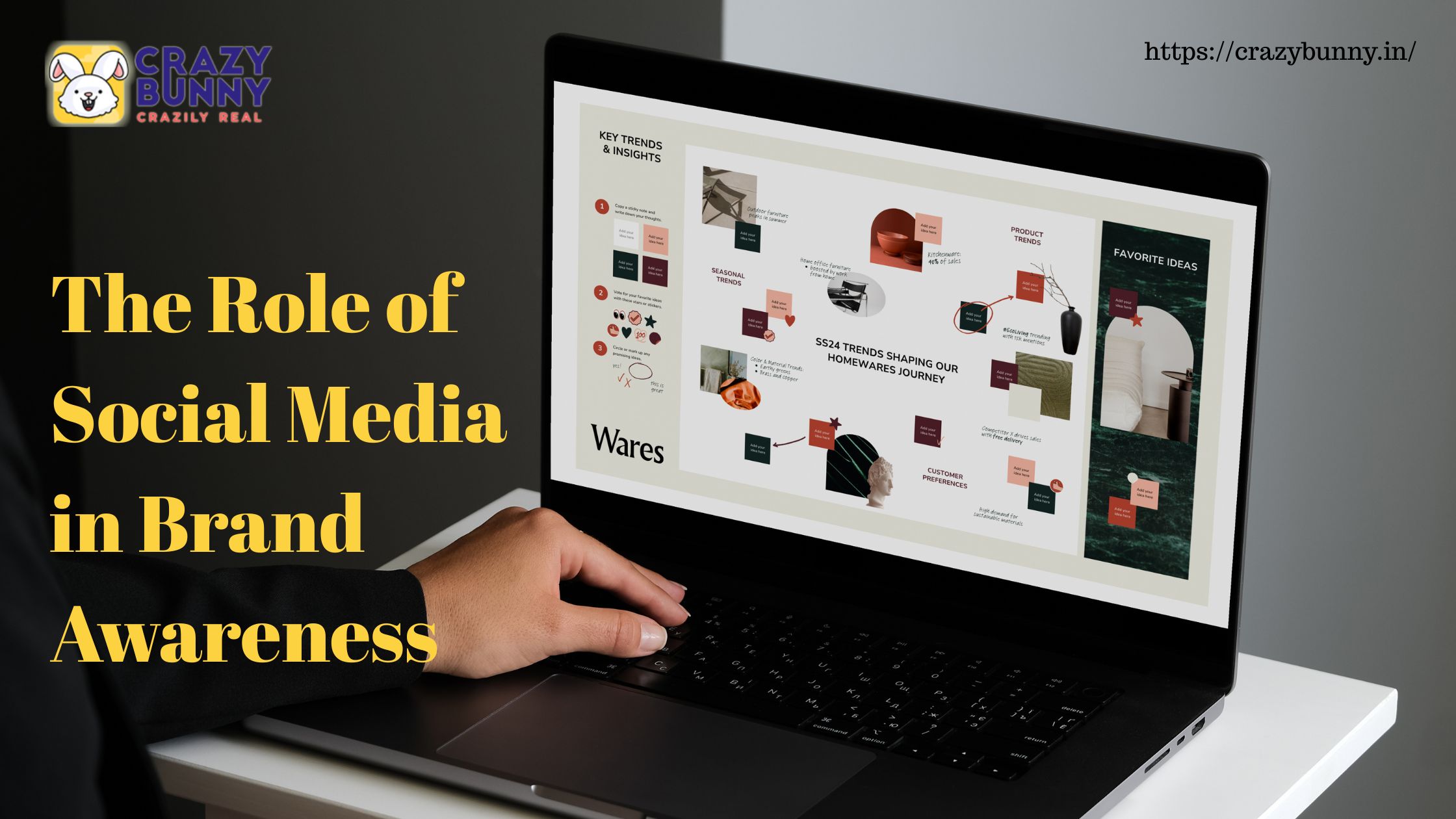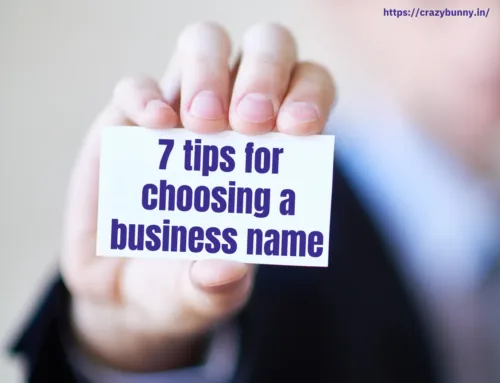In today’s digital era, where every click, tap, and swipe holds the power to shape perceptions, Crazy Bunny harnesses the influence of social media to make waves in the business world. Social platforms have become the ultimate arena for building and boosting brand awareness, giving businesses the chance to connect directly with their audiences, show off their unique personalities, and create vibrant communities around their products and services.
For Crazy Bunny, and businesses like it—whether launching from a garage or operating globally—social media isn’t just a nice-to-have; it’s a must. It’s the heartbeat of modern marketing. In this blog, we’ll dive into how Crazy Bunny and others are using social media to elevate their brand visibility, explore actionable strategies, share real-world success stories, and look at how these efforts translate into long-term brand loyalty and recognition.
What is Brand Awareness?
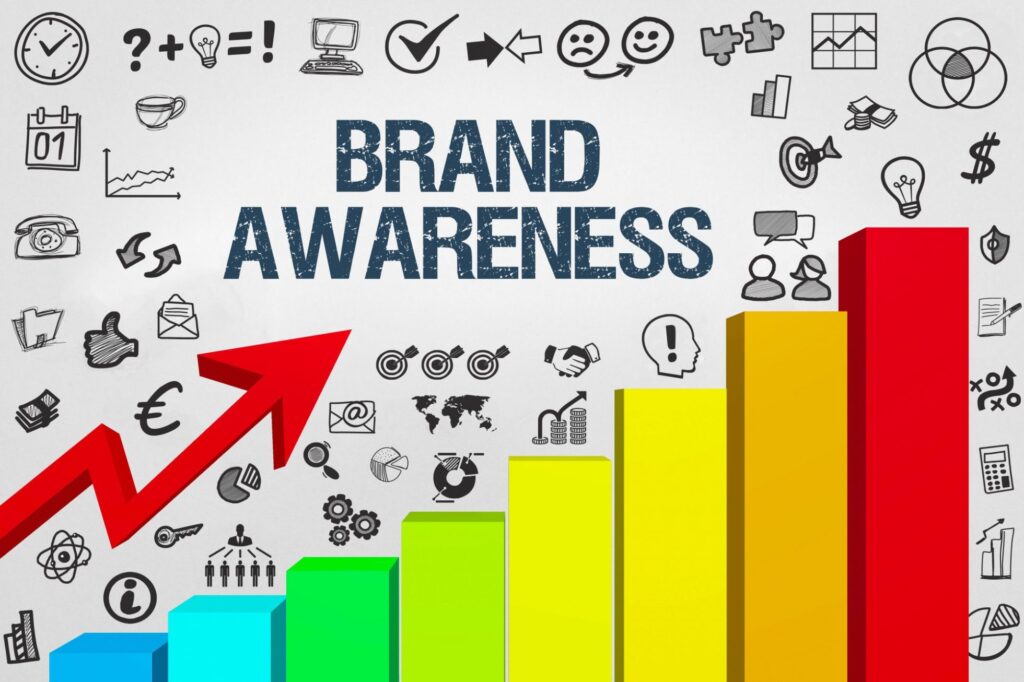
Brand awareness refers to the extent to which consumers are familiar with the qualities or image of a particular brand. It represents how well your target audience recognizes and remembers your brand. It’s the foundation of brand equity and consumer trust.
High brand awareness means your business is top-of-mind for your target audience. When people can recall your brand without seeing your product or service directly, or when they associate a certain category with your brand (think “search” and Google), you’ve achieved significant awareness.
The Rise of Social Media as a Branding Tool

Social media’s rapid rise has redefined how businesses communicate. Platforms like Facebook, Instagram, LinkedIn, and X (formerly Twitter) have become daily staples for billions of users. Unlike traditional media (TV, radio, print), social media allows for real-time interaction, viral potential, and targeted engagement.
Here’s why this matters: Every tweet, post, story, and reel has the potential to strengthen a brand’s presence. And when brands interact with users in a personal, relatable manner, it humanizes them — making them more approachable and memorable.
Key Ways Social Media Boosts Brand Awareness
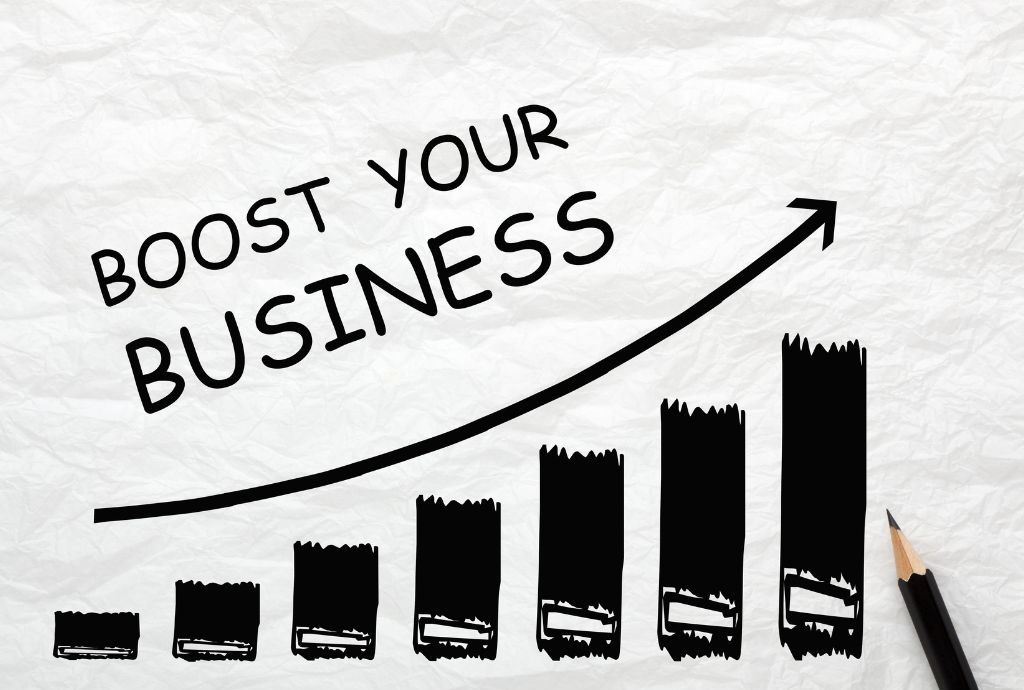
1. Massive Reach and Exposure
With billions of active users, the potential to reach a vast audience is unparalleled. Just one viral post can put your brand in front of millions overnight. By maintaining a consistent posting schedule and using strategic hashtags and content formats, brands can significantly expand their visibility.
Pro tip: Use tools like Buffer or Hootsuite to schedule posts during peak times for optimal reach.
2. Engaging Content Builds Recognition
Content is king — and on social media, content creates connection. Whether it’s memes, behind-the-scenes footage, tutorials, or UGC (user-generated content), the goal is to stay top-of-mind.
Visual branding — like a consistent color palette, voice, and tone — helps reinforce recognition. Over time, users begin to associate certain aesthetics or messages with your brand.
3. Influencer Collaborations for Trust Transfer
Partnering with influencers — whether macro or micro — is one of the fastest ways to amplify brand awareness. Influencers already have trust and rapport with their audiences. When they endorse a brand, it acts as a powerful trust transfer mechanism.
Studies show that 63% of consumers trust influencer opinions over traditional advertising. Smart brands leverage this dynamic to penetrate new demographics and reinforce credibility.
4. Community Building and Two-Way Communication
Social media transforms a brand from a monologue into a dialogue. It gives brands the opportunity to listen, respond, and engage with their audience in real-time. This interactivity fosters a sense of community.
Whether it’s replying to comments, hosting Q&A sessions, or running polls — these interactions build emotional resonance. A brand that listens is a brand that stays relevant.
5. Targeted Advertising for Hyper-Specific Awareness
Paid social media advertising allows brands to target specific demographics, locations, behaviors, and interests. This level of precision means that even small businesses can reach niche audiences that are most likely to convert.
Imagine running a Facebook ad promoting your eco-friendly yoga mats — and targeting users who recently liked environmental pages or yoga influencers. That’s brand awareness done with sniper precision.
Key Social Media Platforms and Their Roles in Brand Awareness

1. Facebook
![]()
With its massive user base and versatile content options (posts, videos, events, groups, ads), Facebook remains a stronghold for brand building. Its advanced advertising tools also allow precise audience targeting.
2. Instagram
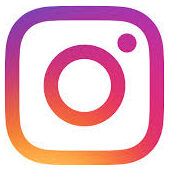
Known for its visual appeal, Instagram is ideal for lifestyle, fashion, beauty, travel, and food brands. Features like Stories, Reels, and Instagram Shopping provide dynamic ways to interact and increase visibility.
3. X (formerly Twitter)
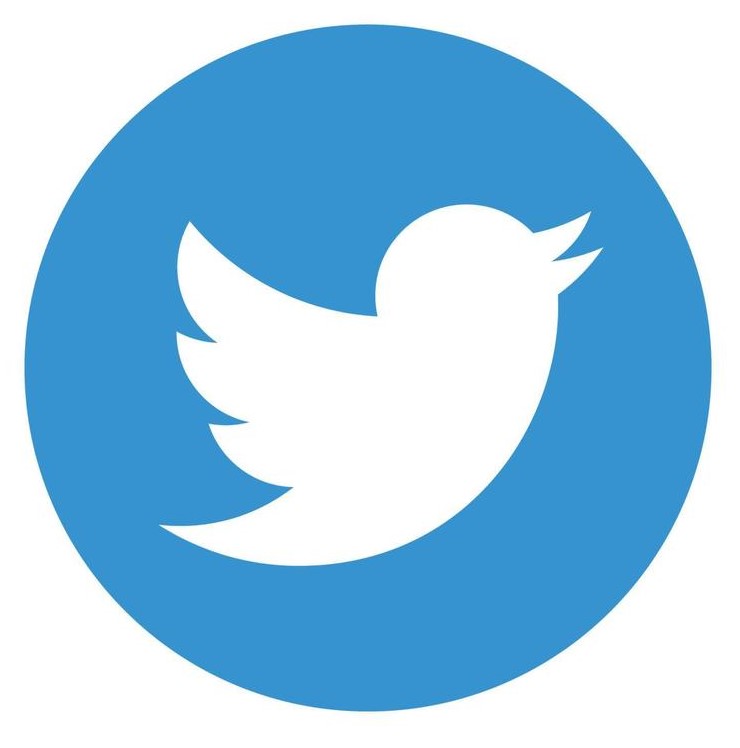
X is the platform for real-time conversations. Brands use it to share news, respond to trends, and engage in witty banter. It’s particularly effective for tech, media, and entertainment industries.
4. LinkedIn
![]()
For B2B brands, LinkedIn is unmatched. It’s a platform for sharing thought leadership, company culture, and industry updates. Building brand authority here helps businesses attract clients and talent alike.
5. YouTube

As the second largest search engine, YouTube is essential for long-form video content. Tutorials, behind-the-scenes footage, product reviews, and educational content help brands establish authority and recognition.
Successful Brand Awareness Campaigns on Social Media
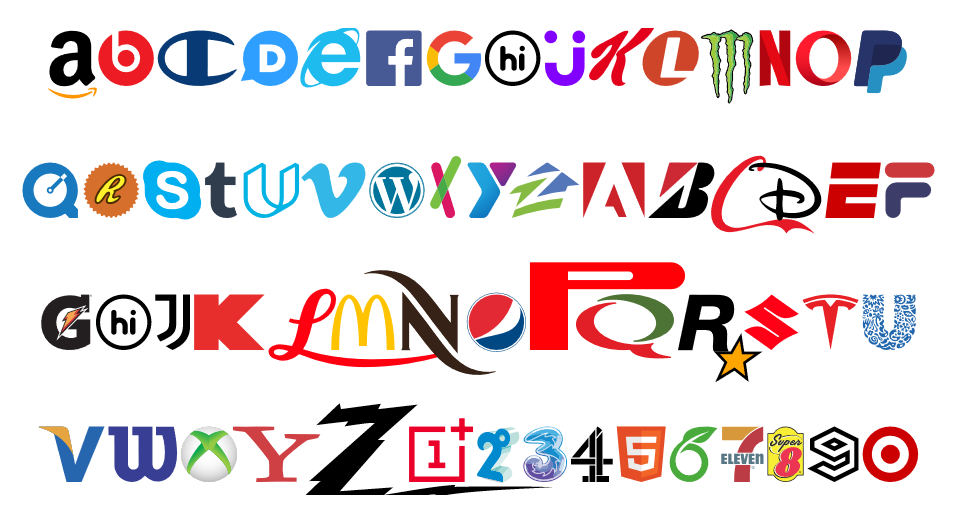
1. Nike – #You Can’t Stop Us
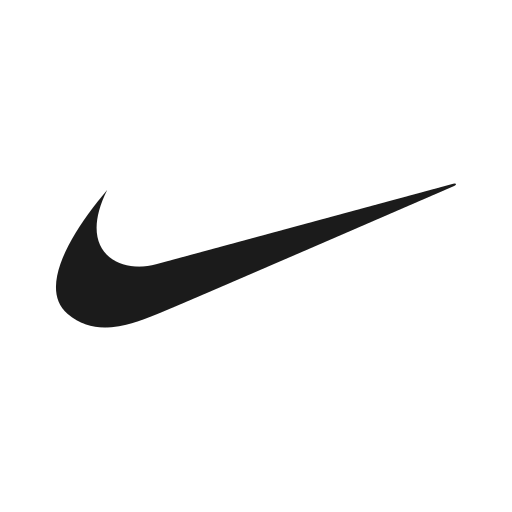
Nike’s campaigns consistently focus on empowerment and inclusivity. The 2020 video campaign “You Can’t Stop Us” generated over 50 million views within days. The emotional storytelling, powerful visuals, and cultural relevance made it unforgettable.
2. Dove – #RealBeauty

Dove’s commitment to real beauty and body positivity struck a chord globally. Their #RealBeauty campaign featuring real women (not models) encouraged authenticity and sparked widespread conversations.
3. Spotify – #Wrapped
![]()
Spotify Wrapped, which compiles users’ annual music habits into shareable infographics, has become a viral sensation every December. It not only increases user engagement but also generates massive organic buzz and shares.
4. Glossier – #Building a Beauty Community

Glossier built its brand almost entirely on Instagram and word-of-mouth marketing. By reposting customer selfies and reviews, the brand cultivated a loyal community — and skyrocketed its recognition among millennials and Gen Z.
5. Duolingo – #Humor That Goes Viral

Duolingo’s quirky TikTok strategy features a giant owl mascot doing dance trends and skits. This unexpected humor has made the brand a viral sensation, proving that being bold and relatable works wonders.
Strategies to Improve Brand Awareness Using Social Media

1. Create Consistent Branding

Use a consistent logo, color scheme, and voice across platforms. This helps in creating a recognizable and cohesive brand image.
2. Post Regularly and Strategically

Consistency in posting keeps your brand active in your audience’s minds. Use scheduling tools and a content calendar to stay organized and maintain a steady flow of engaging content.
3. Leverage Hashtags

Hashtags improve discoverability. Use trending and niche-specific hashtags to make your content searchable and accessible to new audiences.
4. Engage With Your Audience

Don’t just post and disappear. Respond to comments, participate in discussions, and show appreciation. Engagement is key to building relationships and loyalty.
5. Run Contests and Giveaways

Contests are an easy way to boost engagement and reach. Encourage users to tag friends, share posts, or use branded hashtags in exchange for prizes.
6. Utilize Stories and Reels

Short-form, ephemeral content often receives higher engagement. Stories and Reels allow brands to show behind-the-scenes moments, product highlights, and time-sensitive updates.
7. Monitor Analytics and Adjust

Source:- https://www.openpricer.com/monitor-adjust/
Use insights provided by each platform to analyze performance. Understand what works, identify peak engagement times, and adjust your strategy accordingly.
The Impact of Social Media on Long-Term Brand Growth
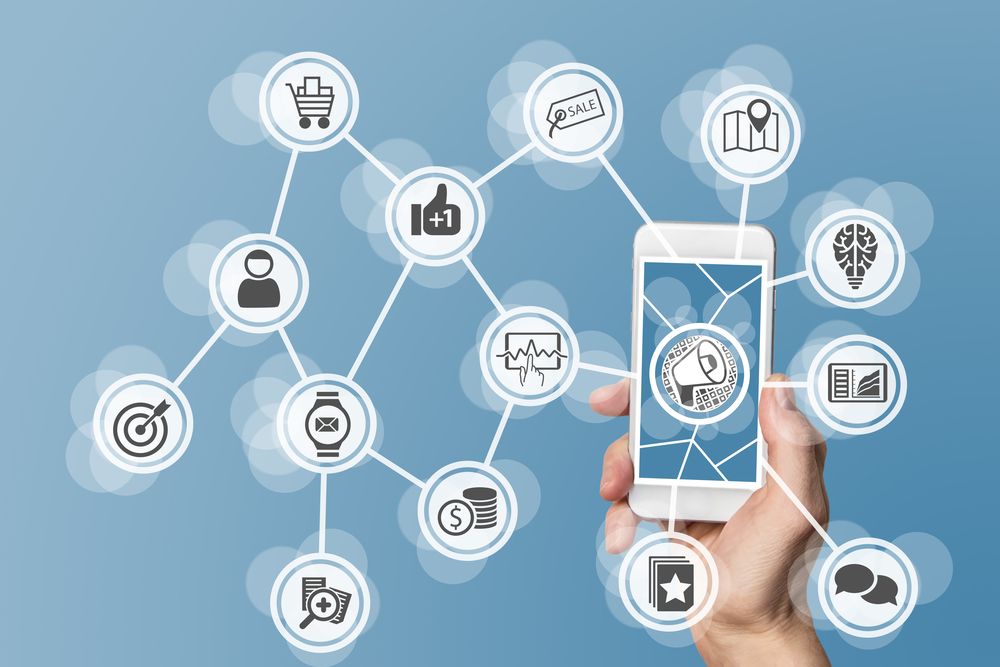
While going viral may provide a temporary spike, sustained efforts on social media contribute to long-term growth. Here’s how:
-
Customer Loyalty: Regular interaction and value-based content foster trust.
-
Market Positioning: Consistent messaging helps position your brand in the minds of consumers.
-
Community Building: Social media enables you to build a loyal community of followers who advocate for your brand.
-
Real-Time Feedback: Listening to audience responses helps in fine-tuning your offerings.
Moreover, brands that engage authentically and transparently are more likely to survive crises and maintain relevance in a rapidly evolving digital landscape.
Benefits of Leveraging Social Media for Brand Awareness
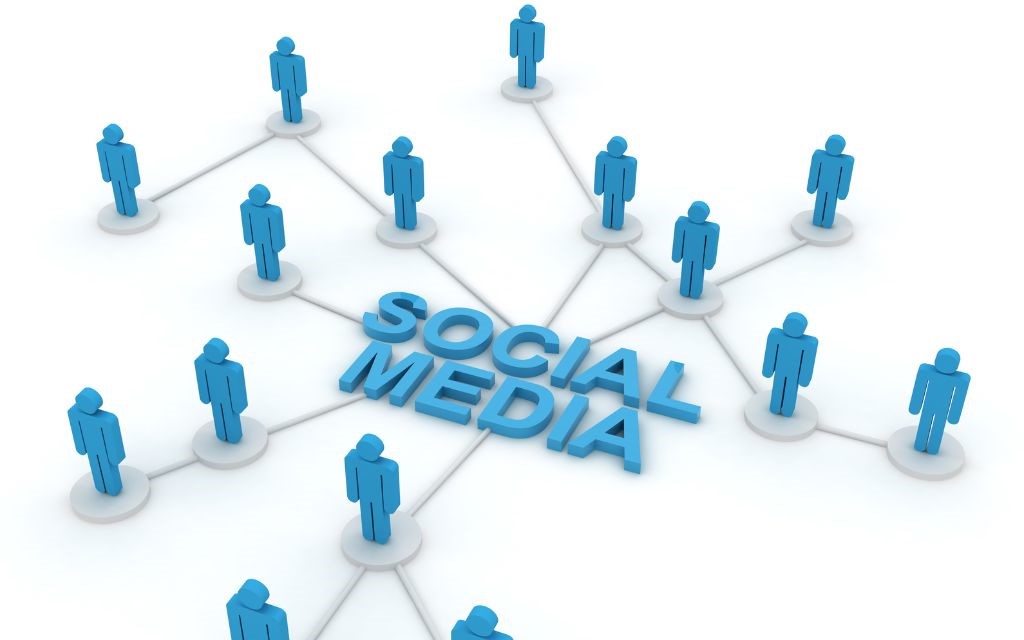
-
Cost-Effectiveness: Compared to traditional advertising channels, social media marketing is often more affordable, offering a higher return on investment.
-
Enhanced Customer Insights: Social media analytics provide valuable data on consumer behavior, preferences, and feedback, enabling brands to tailor their strategies effectively.
-
Global Reach: Social media transcends geographical boundaries, allowing brands to reach international audiences with ease.
-
Improved Customer Relationships: Direct interactions on social media platforms help build stronger relationships with customers, fostering loyalty and advocacy.
Challenges in Using Social Media for Brand Awareness

-
Content Saturation: The vast amount of content on social media can make it challenging for brands to stand out and capture audience attention.
-
Negative Publicity: Missteps or negative feedback can quickly go viral, potentially harming a brand’s reputation.
-
Algorithm Changes: Frequent updates to social media algorithms can affect content visibility, requiring brands to adapt their strategies continually.
-
Measurement Difficulties: Quantifying the direct impact of social media efforts on brand awareness can be complex, necessitating sophisticated analytics tools.
Strategies for Effective Social Media Brand Awareness

-
Consistent Branding: Maintaining a consistent brand voice, visuals, and messaging across all platforms reinforces brand identity.
-
Engaging Storytelling: Crafting compelling narratives around the brand can captivate audiences and foster emotional connections.
-
Responsive Communication: Promptly addressing customer inquiries and feedback demonstrates attentiveness and builds trust.
-
Leveraging Trends: Participating in relevant trends and conversations can increase brand visibility and relevance.
-
Monitoring and Analytics: Regularly analyzing performance metrics helps in refining strategies and maximizing impact.
The Future of Social Media in Brand Awareness
As technology evolves, so will the role of social media in brand awareness. Emerging trends include:
-
Augmented Reality (AR) Experiences: Brands are integrating AR into social media platforms to offer interactive experiences, enhancing engagement.
-
Social Commerce: The integration of shopping features within social media platforms streamlines the purchasing process, bridging the gap between awareness and conversion.
-
Micro-Influencer Partnerships: Collaborating with influencers who have smaller but highly engaged followings can yield more authentic and effective promotions.
-
AI-Powered Personalization: Utilizing artificial intelligence to deliver personalized content and recommendations enhances user experience and brand relevance.
Conclusion
Social media has undeniably become a cornerstone in building and enhancing brand awareness. Its dynamic nature offers brands the opportunity to connect with audiences in meaningful ways, fostering trust, loyalty, and advocacy. By understanding its mechanisms, leveraging its benefits, and navigating its challenges, brands can harness the full potential of social media to establish a strong and enduring presence in the market.
FAQs
How often should I post on social media to boost brand awareness?
Aim for at least 3–5 times per week. Consistency is more important than frequency.
Is paid advertising necessary for increasing brand awareness?
Not necessary, but it speeds up results and ensures your content reaches the right audience.
Which platform is best for brand awareness?
It depends on your audience. Instagram and TikTok are great for visuals, while LinkedIn is perfect for professionals.
Can small businesses benefit from social media branding?
Absolutely. Social media levels the playing field, allowing small brands to stand out with creativity and engagement.
How long does it take to see results from social media efforts?
You may start seeing engagement within weeks, but brand awareness typically grows steadily over months.
What are the best tools for measuring brand awareness?
Tools like Google Analytics, Meta Business Suite, and Sprout Social provide detailed insights.

